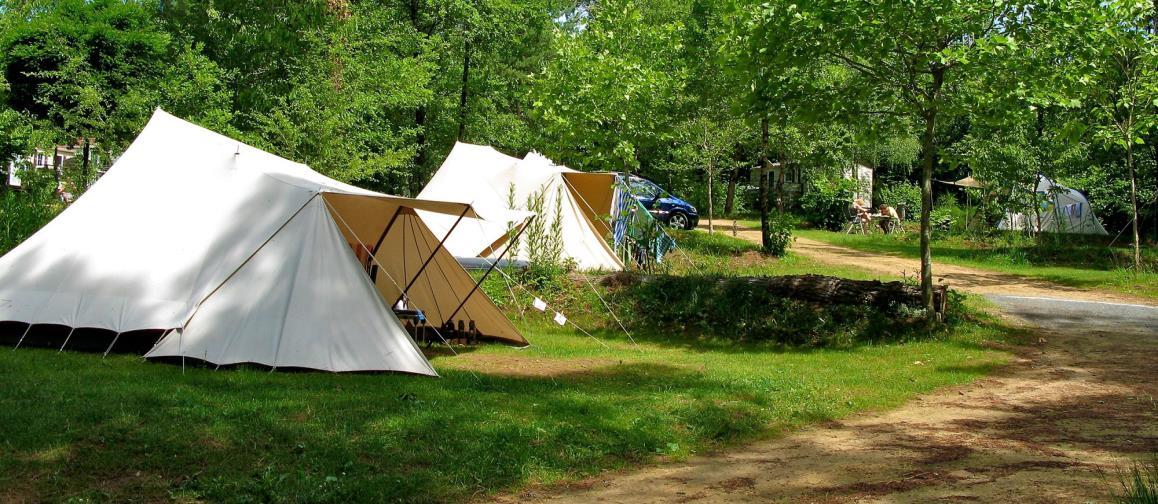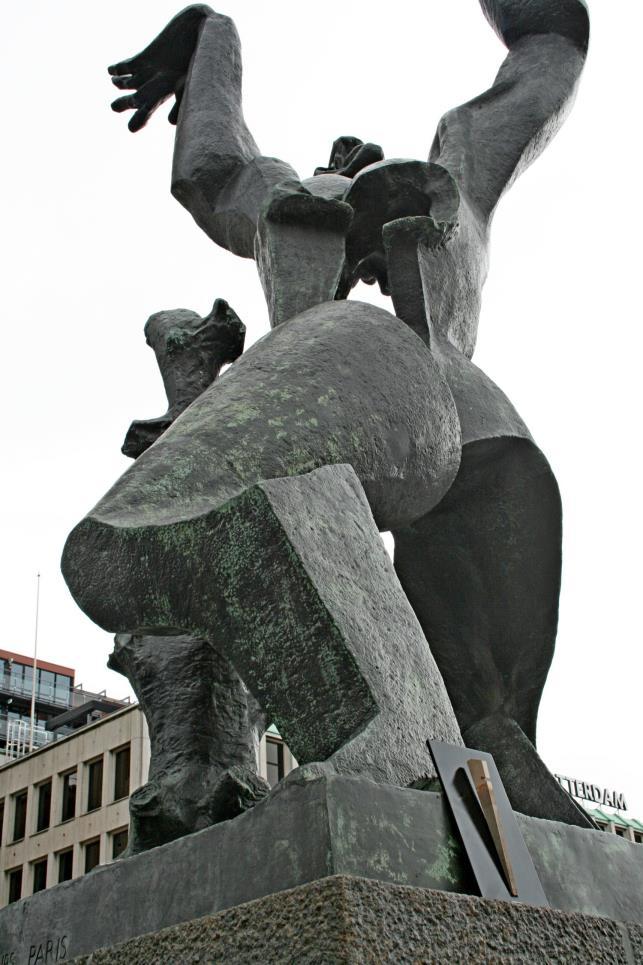
5 minute read
6 | Kara Tepe Würtzburg
#4 | in statu nascendi – Würtzburg | Moria ‘2’
Würzburg | oorlogsmonument | 1930 | 49.797154° / 9.918322° Vluchtelingenkamp Karatepa Moria ‘2’ | 2020 | Kara Tepe / Lesvos / Griekenland | 39.1354610 / 26.5419230
Advertisement
Würzburg | War memorial | 1930 | 49.797154° / 9.918322° Refugee Camp Karatepa Moria ‘2’ | 2020 | Kara Tepe / Lesvos / Greece | 39.1354610 / 26.5419230

Deze foto van Anthi Pazianou van Kara Tepe / Moria 2.0 op Lesvos gedateerd 19/12/2020 leidde tot dit werk. Op de dag dat heel Nederland zich – terecht - vrolijk uitleefde in en met de voor het eerst in jaren gevallen sneeuw, stierven er in dit kamp mensen: kinderen en volwassenen. Hoeveel? Geen mens weet het; niemand houdt het meer bij. Want in dit vluchtelingenkamp en alle andere kampen zit immers het menselijk afval van onze neoliberale maatschappij: Zij zijn echt volledig nutteloze, overtollige, buiten de officiële onderzoeken staande overblijfselen van een consumptiemaatschappij. Zij hebben niets te bieden aan de op consumptie gerichte economie, niet nu en niet in de toekomst. Ze dragen niets bij aan de wereldwonderen van de consumptie; ze zullen het land niet uit de depressie trekken door naar credit cards te grijpen die ze niet bezitten of spaartegoeden op te nemen, die ze ook Maar goed, zo lang ze er als ‘groep’ toch zijn, kun je er net zo goed gebruik van maken. Zoals in de marketing van de gemeente Middelburg aangaande haar zelf verklaarde profiel als ‘stad van de vrijheid, stad van de Four Freedoms Awards’. Elke twee jaar verandert het historische centrum van de stad in een ‘no-go zone’ voor haar gewone inwoners. In een met metershoge hekken afgezet gebied, bewaakt door politieagenten, sluipschutters en helikopters schrijdt een vanuit de hele wereld ingevlogen elite door de stad om de laureaten toe te klappen in de Nieuwe Kerk. Maar als er een paar kinderen moeten worden gered uit het uitgebrande Mora 1.0 dan kijken ze de andere kant op.
Tegenover de vluchteling staat de veelal westerse consument die de wereld als zijn/haar persoonlijke bucket list aftoerist – in tegenstelling tot afreist – en die waar dat kan de ‘groene’ beleving van de tent opzoekt; bij voorkeur in een volledig ingerichte tent op een glamping.
Met dit werk wil ik aandacht vragen voor deze enorme tegenstelling. Het is onduidelijk of de edities überhaupt gezien worden en of ze blijven bestaan onder de invloed van weersomstandigheden. Ik zoek de openbare ruimte op in navolging van één van de perspectieven die de socio-loog Zymunt Bauman schetst:
die ze niet bezitten of spaartegoeden op te nemen, die ze ook niet hebben – en daarom zou de maatschappij beter af zijn zonder hen. 1
perspectieven die de socioloog Zymunt Bauman schetst: Een centrale rol is in ieder geval gereserveerd voor de geërodeerde, publieke ruimte als plek van dialoog, waar diversiteit (de motor van culturele verandering) opbloeit. 2 Ik documenteer elk werk en de plek in deze catalogus.
In de inleiding tot DISTANT SUFFERING XXII2 | i.d. of inequality schreef W.F.T. van Houtum in mei 2020 ( … Onze) mobiliteit staat in schril contrast met de noodzakelijke vlucht voor oorlog en armoede van migranten. Voor hen is er geen warm welkom, zoals de westerse mens wel overal te wachten staat. Geen infrastructuur waarbinnen zij zich veilig voelen, geen belastingvoordelen, maar talloze gevaren en ontberingen en uitzichtloze toelatingscriteria. Hun mobiliteit wordt zoveel mogelijk aan banden gelegd, en in termen van ‘opvang in de regio’ aan ons verkocht. Terwijl de werkelijkheid zich uit in mensonterende vluchtelingenkampen.
Wanneer ruilen we het misplaatste feestje van de Four Freedom Awards in voor werkelijke betrokkenheid en adequate hulp?
1. Zygmunt Bauman, Liquid Life, Polity Press,
Cambridge 2005 2. Ibid., p.66
The photo of Anthi Pazianou from Kara Tepe / Moria 2.0 on Lesvos dated on 19/12/2020 led to this work. The day that the whole of the Netherlands – rightly so - happily played in and with the snow that fell for the first time in years, people died in this camp: children and adults. How many? No one knows; nobody keeps track anymore. After all, this refugee camp and all the other camps ‘house’ the human waste of our neoliberal society: They really are completely useless, superfluous remnants of a consumer society beyond official investigations. They have nothing to offer the consumer-oriented economy, neither now nor in the future. They contribute nothing to the wonders of the world of consumption; they won't pull the country out of the depresssion by reaching for the credit cards they don't own or withdrawing savings they don't have - and society would be better off without them. 1
But, as long as they're there as a group, you might as well make use of them. As in the marketing of the municipality of Middelburg regarding its self declared profile as city of freedom, being the city of the Four Freedoms Awards. Every two years, the historic city centre is turned into a "nogo zone" for its ordinary inhabitants. In a fenced off area, guarded by police officers, snipers and helicopters, an elite flown in from all over the world, strides through the city to clap in honour for the laureates. When the question is raised to rescue a few children in extreme need from Mora 1.0, our city politicians and their companions turn a blind eye. companions turn a blind eye.
Opposite the refugee is the phenomenon of the mostly Western consumer who tours the world as his / her personal bucket list - as opposed to traveling - and who, where possible, seeks the 'green' experience of the tent; preferably in a fully equipped tent on a glamping.

With this work I want to draw attention to this enormous contrast. It is unclear whether the editions are seen at all and whether the work persist under the influence of weather conditions. I choose to place the works in public space, following one of the perspectives outlined by sociologist Zymunt Bauman: A central role is in any case reserved for the eroded, public space as a place of dialogue, where diversity (the engine of cultural change) flourishes. 2










